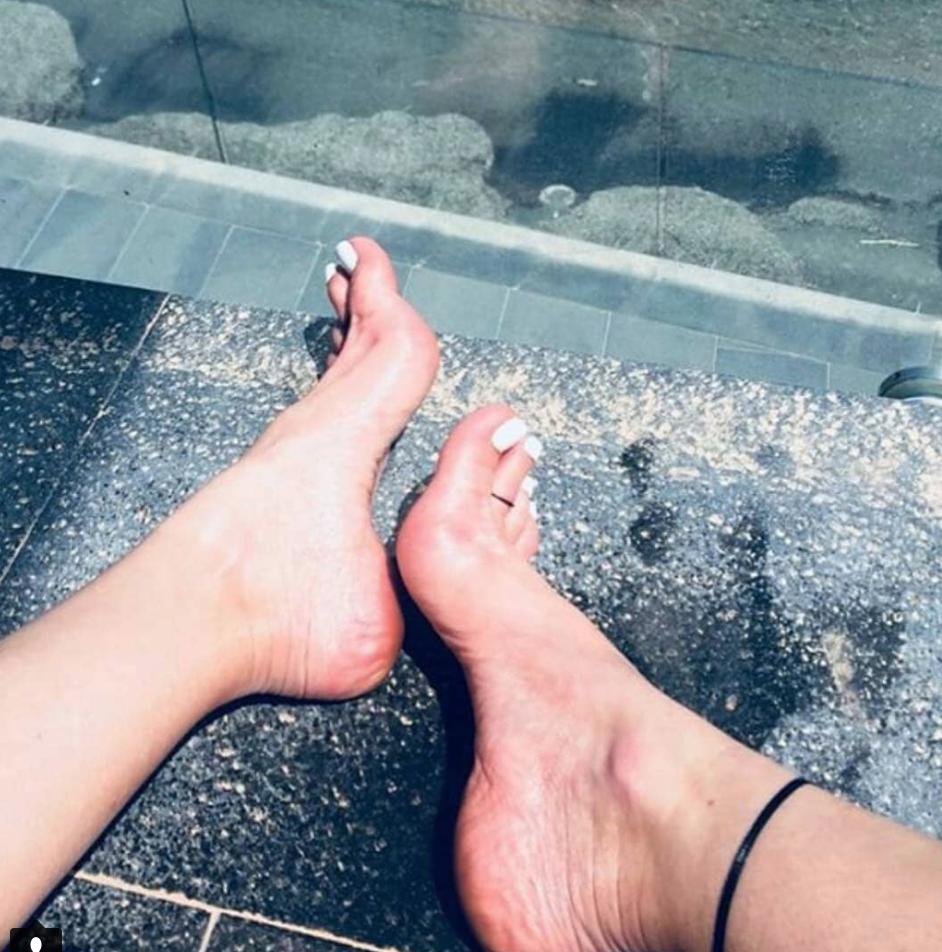FREQUENTLY ASKED QUESTIONS
HOW LONG DO RESULTS LAST?
In some instances the issue may resolve completely and no longer require maintenance treatment. Skin rejuvenation for fine lines and wrinkles may require ongoing treatment whereas muscle recovery or inflammation may require regular maintenance sessions. For slimming, detoxification and cellulite, improvements will be lost or maintenance sessions will be required to keep results should you not keep a healthy diet and exercise routine, or fall into unhealthy habits.
CAN I USE LED LIGHT EVERYDAY?
Yes, LED near and far infrared light therapy is non- invasive and you can use most red light products as often as you'd like, though most people won't require more than 3x a week for ongoing results. Wound recovery and healing of course don't require ongoing treatment once healed. For skin rejuvenation, best to use a few times a week and then once weekly for maintenance.
WHAT AREA OF THE BODY CAN BE TREATED?
Anywhere. For slimming red light can effectively be used on every part of the body where unwanted fat deposits exist, including the waist, hips, upper thighs, and upper arms. Same goes for skin rejuvenation, pain and recovery.
IS IT SAFE?
Yes. Red light therapy wavelengths are completely non-invasive and can be used regularly, even daily. Most people find 2-3x a week keeps the results. The only contraindications are for slimming and detoxification- Lipo-alternatives should not be used by pregnant women or individuals with active cancer. When the light empties the cell, the liver causes fatty acids and triglycerides to be voided from the body, a process in which the liver and lymph system plays a critical role. For this reason any individuals that are pregnant, nursing, or with compromised liver or kidney function should not undergo red light therapy for slimming purposes.
HOW CAN RED LIGHT SLIM THE BODY?
The unique wavelength of light emitted from the LED diodes in the 635nm range reach the fat layer and cause the membranes of the fat cells to temporarily alter the permeability of the cell wall. While under the red light the fat cell wall opens, dispelling contents from within the cell out into the interstitial layer. The fat is broken down into free fatty acids and glycerol and enters the blood stream where the body can use it as fuel, or eliminate it naturally in stool and urine via the lymphatic system and liver.
WHAT DOES RED LIGHT IN 660NM DO?
Red LEDs in the 660nm range interact with melanin (near the surface) and with mitochondria (secondary peak of the Cytochrome C Oxidase curve). This energy is absorbed close to the surface making it the best option for superficial scar tissue, burns, cosmetic issues and other non-structural issues. Because some of the energy in this wavelength is transferred in the blood stream (but not hemoglobin), this wavelength can also be used to treat more complex problem where the exact treatment location might be unknown. The energy can flow through the body and interact with damaged cells in many parts of the body operating more like a vitamin that goes where it needs to go. This wavelength is also best for treating the lymph system and acupuncture points.
WHAT DOES RED LIGHT IN 850NM DO?
Studies show near-infrared wavelengths in the 850 nm or 880 nm range penetrate deeper through skin and bone for relief of chronic pain. As with red light therapy, near infrared light therapy does not mask the symptoms of pain, it encourages the healing of the actual cause of the pain. Once absorbed, the light energy kicks off a whole series of metabolic events, stimulating the body’s natural processes on a cellular level. There is an increase in blood flow, allowing the parts of the body to receive the oxygen and nutrients they need in order to function more effectively. Regeneration is stimulated. Inflammation and pain are reduced. In many cases, after a course of treatment with infrared light, the pain is gone for good.
WHAT DOES RED LIGHT IN 635NM DO?
The unique wavelength of light emitted from the LED diodes in the 635nm range reach the fat layer and cause the membranes of the fat cells to temporarily alter the permeability of the cell wall. While under the red light the fat cell wall opens, dispelling contents from within the cell out into the interstitial layer. The fat is broken down into free fatty acids and glycerol and enters the blood stream where the body can use it as fuel, or eliminate it naturally in stool and urine via the lymphatic system and liver.




